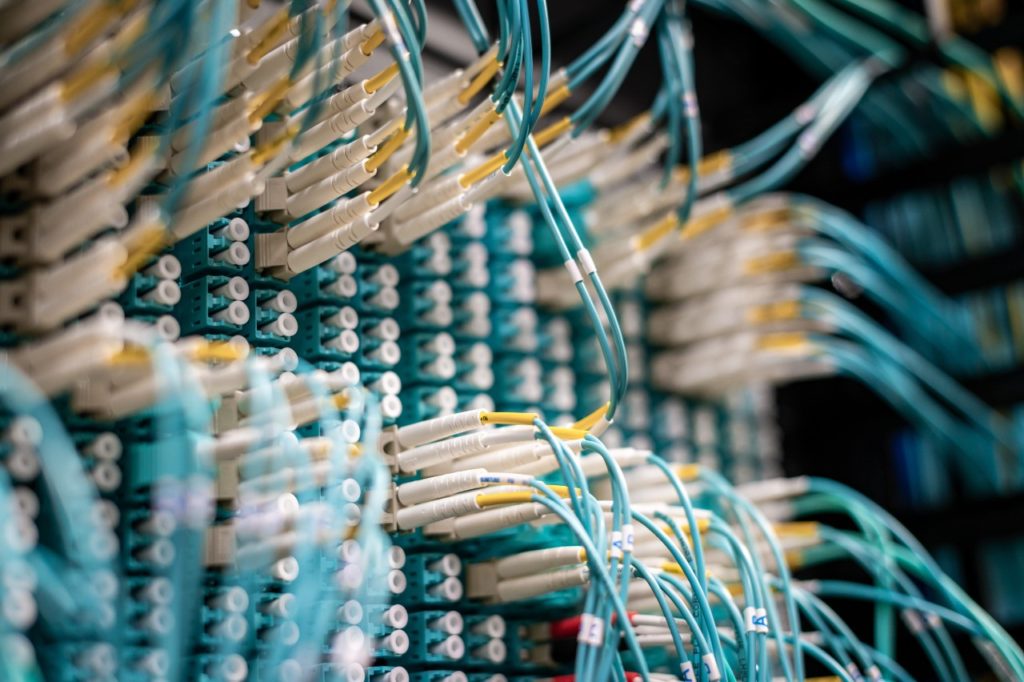These days, a fiber cable remains a durable solution for transporting optical signals for long distances. Fiber cables stand by their properties to resist radio frequency and electromagnetic interference, making them perfect for use in metropolitan areas. Still, multiple people get confused when selecting a solution among various types of fiber optic. In this article, we`ll walk you through a guideline on how to pick the correct type of fiber optic cables.
What is a fiber optic cable?
Generally, fiber optic cables are network cables that consist of strands of unique glass fiber inside an insulated hull. These cables are designed for data networking, telephone systems, and cable television, ensuring a high level of performance and the ability to transfer signals for significant distances. High bandwidth and capacity stand out fiber optic cables, among other solutions.
Another promising benefit related to this type of cable eliminates the need to use signal boosters. This is possible at the expense of light in the optic cables that can be transferred over long distances without losing their solidity.
Multimode vs. single-mode optic cables
Fiber optic cables can be divided into single-mode and multimode ones. Single-mode cables are perfect for TV and telephone systems and high bandwidth applications since they can transmit a signal for kilometers. This type of optic fiber has a small core size that allows one mode to be transferred. On the other hand, multimode cables are designed for shorter distances. They have larger cores that can carry multiple ways – this means more data can be transmitted for the same period.
Distance requirements are the main factor while selecting between single-mode and multimode fiber optic cables. As multimode cables can cover short distances – up to 500 meters – it will be wise to use them in data centers. Single-mode lines are more efficient for 20 km, 40 km, 80 km, and longer distances. Keep in mind that transmission costs of single-mode cables are higher than in multimode ones.
Outdoor vs. indoor optic cables
The main feature that differs between indoor and outdoor fiber optic cables is water resistance. Outdoor optic lines can protect the fiber from consistent water exposure making them stay serviceable longer. Indoor wires have a specific cable structure where optic fiber consists of primary and secondary coatings. These layers enlarge each fiber cable to 900 microns allowing much easier work with fiber optic cables.
Choosing a jacket for a fiber optic cable
Fiber optic jackets are needed to ensure more protection and strength for cables. The most common material is PVC – it is widely used for computers and other communication systems. However, PVC has a high risk of a fire hazard. Additionally, multiple data centers must use plenum optic fiber jackets, like OFNP. There are also LSZH jackets that reduce smoke and different toxic substances in case of a fire.

